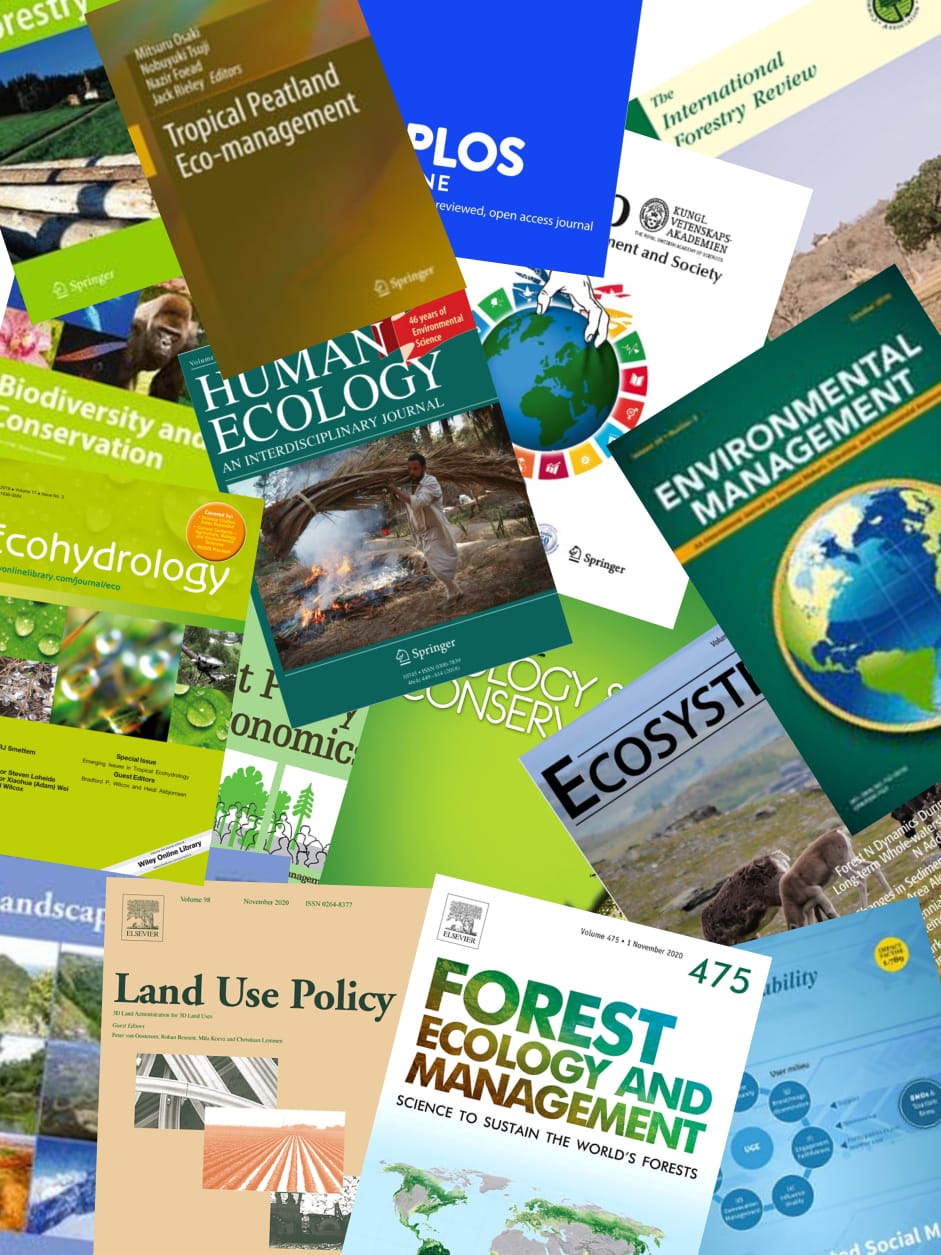During the 1997/98 El Niño-induced drought peatland fires in Indonesia may have released 13-40% of the mean annual global carbon emissions from fossil fuels. One major unknown in current peatland emission estimations is how much peat is combusted by fire. Using a light detection and ranging data set acquired in Central Kalimantan, Borneo, in 2007, one year after the severe peatland fires of 2006, we determined an average burn scar depth of 0.33 ± 0.18 m. Based on this result and the burned area determined from satellite imagery,we estimate that within the 2.79 million hectare study area 49.15±26.81 megatons of carbon were released during the 2006 El Niño episode. This represents 10-33% of all carbon emissions from transport for the European Community in the year 2006. These emissions, originating from a comparatively small area (approximately 13% of the Indonesian peatland area), underline the importance of peat fires in the context of green house gas emissions and global warming. In the past decade severe peat fires occurred during El Niño-induced droughts in 1997, 2002, 2004, 2006, and 2009. Currently, this important source of carbon emissions is not included in IPCC carbon accounting or in regional and global carbon emission models. Precise spatial measurements of peat combusted and potential avoided emissions in tropical peat swamp forests will also be required for future emission trading schemes in the framework of Reduced Emissions from Deforestation and Degradation in developing countries.
View source

